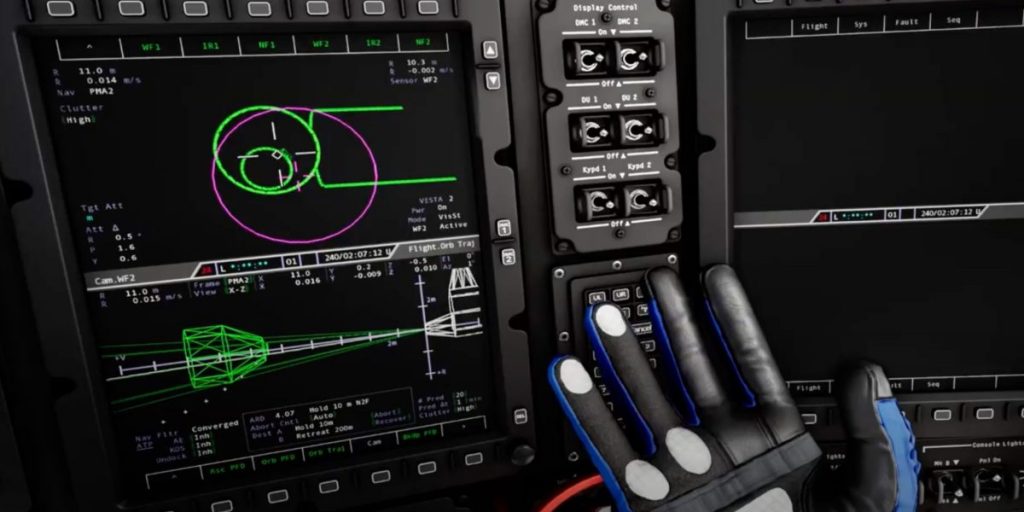Over the past few years, virtual reality headsets have been used to train retail workers on in-store tasks, business managers on “soft skills,” and aircraft pilots on flying jets. Today, Boeing and Varjo announced that they’re taking VR training to the next frontier with an end-to-end replication of an entire Starliner space mission to the International Space Station. This may be the highest-stakes test of virtual reality’s potential yet attempted.
Using Varjo’s enterprise-class VR-2 headsets, Boeing will enable astronauts to train in VR for each phase of a crewed commercial ISS mission, including prelaunch, docking, undocking, and landing, with photorealistic visual simulations of their in-flight controls, monitors, and real-time data, as well as hand tracking. Normally, astronauts would need to use multiple simulators spread across different locations, but the Starliner VR experience can be used in one place — including within each crew member’s quarters during a mandatory two weeks of preflight quarantine.
Boeing’s Starliner training system is just the latest win for Varjo, which has seen its enterprise-class VR hardware adopted by car manufacturers from Audi to Volvo, industrial companies including Siemens, and aeronautic firms like FlightSafety and Ryan Aerospace. Like VRgineers, Varjo offers 4K-per-eye VR headsets priced in the thousands of dollars for enterprise-class realistic training applications, such as military flight simulators, while rivals Pico and Pimax have targeted sub-$1,000 price points with similarly high-res but lower frame rate headsets.
Visual clarity has become a major differentiator between enterprise- and consumer-focused VR headsets. Flight simulators are now the go-to demonstration materials for resolution differences, instantly revealing the legibility of tiny numbers on dials and tick marks on screens. Using 3D models of the Starliner’s interior developed in Unreal Engine, the VR-2 promises astronauts resolution of more than 60 pixels per degree in the center of the wearer’s field of view — a key to letting users see instruments from a distance, as they would in real life — plus the ability to see their hands interacting with controls, none of which was possible with earlier VR headsets.
Boeing plans to start training Starliner commander Chris Ferguson “soon,” using the Varjo VR system in preparation for the Crew Flight Test. This is Starliner’s first mission with humans on board — currently scheduled for an unspecified launch in 2021. Michael Fincke and Nicole Mann are expected to fly with Ferguson, and the companies expect that the crew will collectively spend hundreds of hours in VR training for each of the mission’s phases ahead of the flight.
